Miniature Monuments
One thing Germany is known for is palaces, and recently I went to Aschaffenburg, and while I was there I visited Johannisburg Palace.
Aschaffenburg was important between the 10th and 19th centuries as the secondary residence of the Mainz archbishops, who were very important in the Holy Roman Empire and were second only to the pope. Starting in the 10th century, there was a more traditional medieval castle at the site of the Johannisburg, but after that castle burned down in 1552, the Johannisburg palace as it stands today was built in 1605-1614. One archbishop in particular renovated the palace during his tenure, and contributed most of the paintings in the art gallery in the palace. After the end of the Bavarian monarchy in 1918, the palace was restored, and opened as a museum in 1932. However, WWII severely damaged the palace, and reconstruction work lasted from 1954 to 1978. Thankfully, most of the exhibitions were moved out of the palace as much as possible, so the contents of the museum are still similar to how they were before WWII.
The main thing the palace museum is known for is hosting the world’s largest collection of cork architectural models. Three models show how the palace has looked through the ages, starting with the original castle, then how the palace looked starting in the 17th century, then the palace after being bombed:
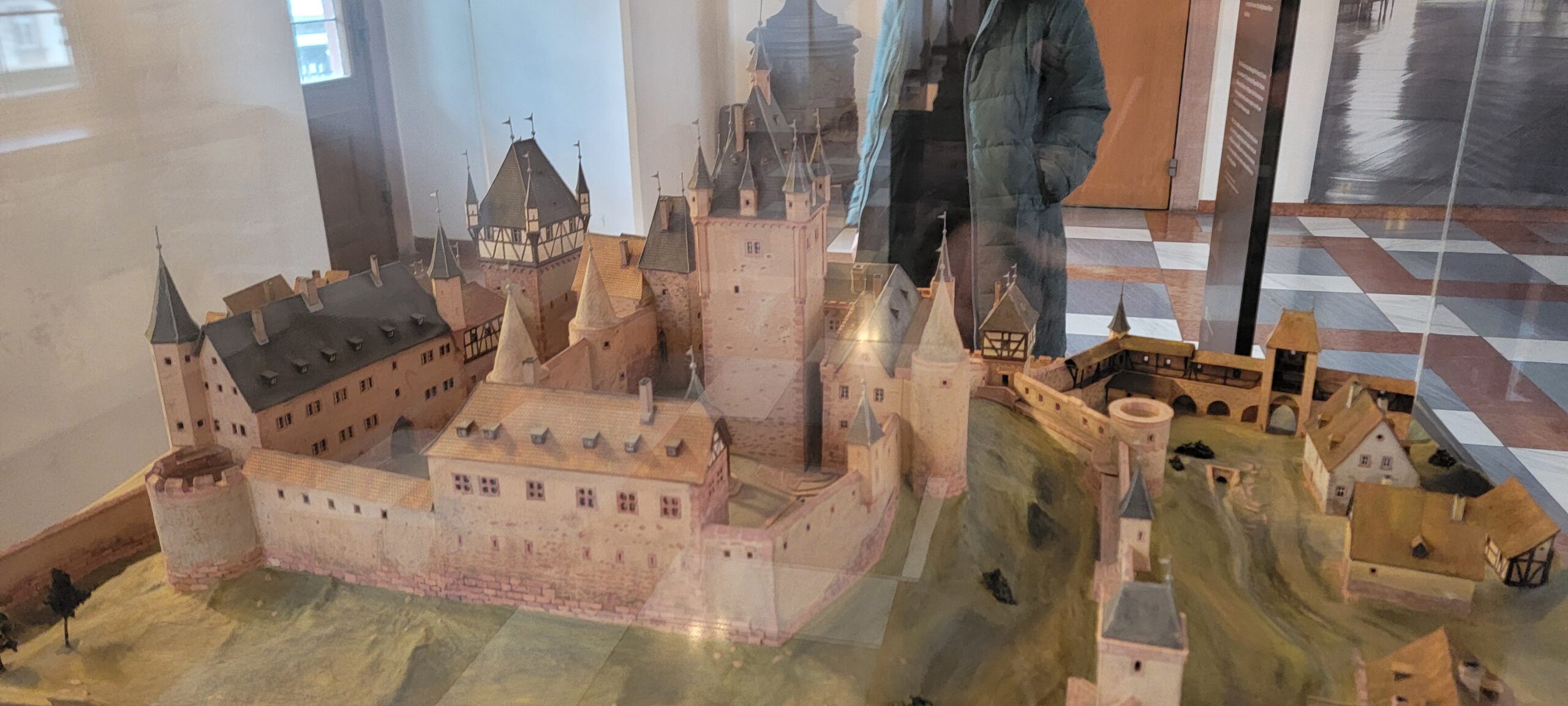

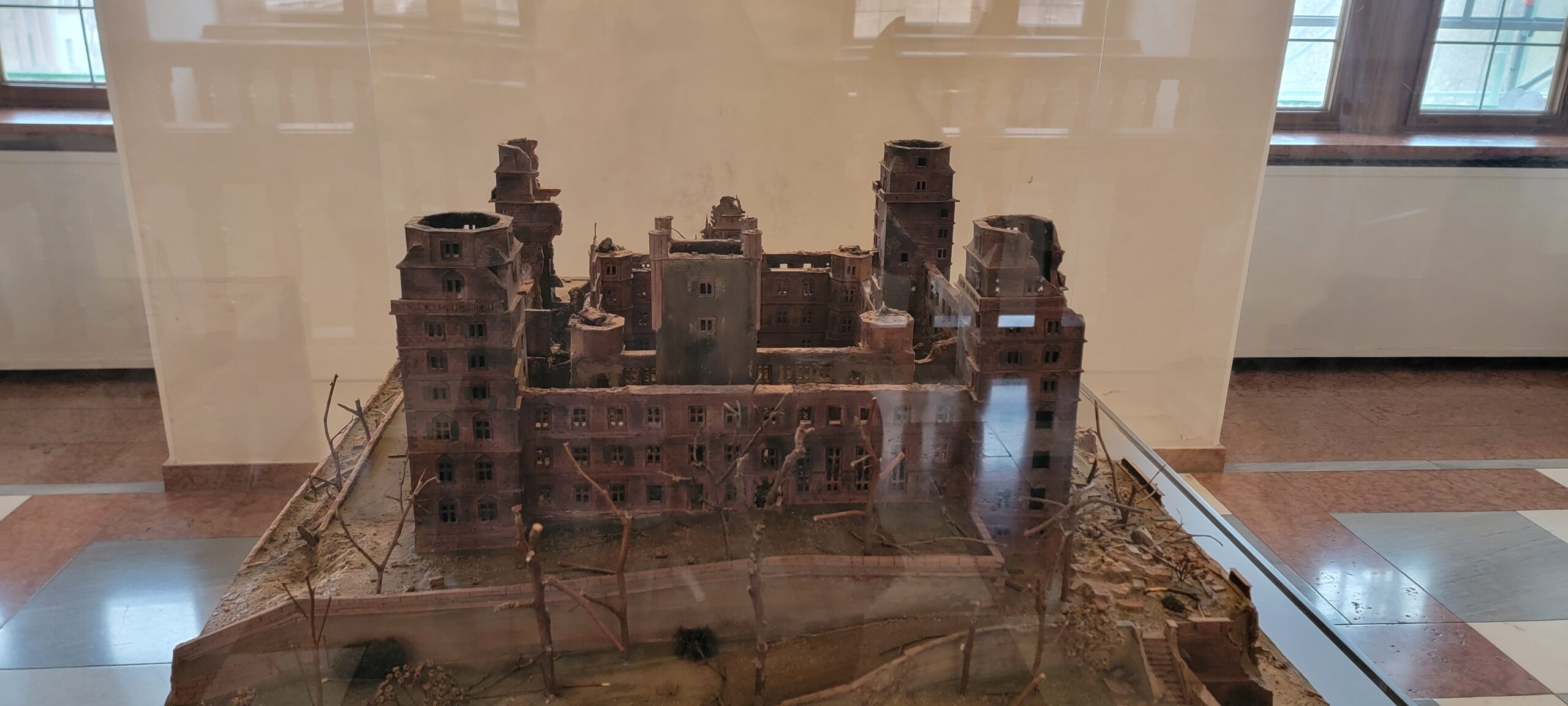
Other models include the Roman Colosseum and the Roman Pantheon building:
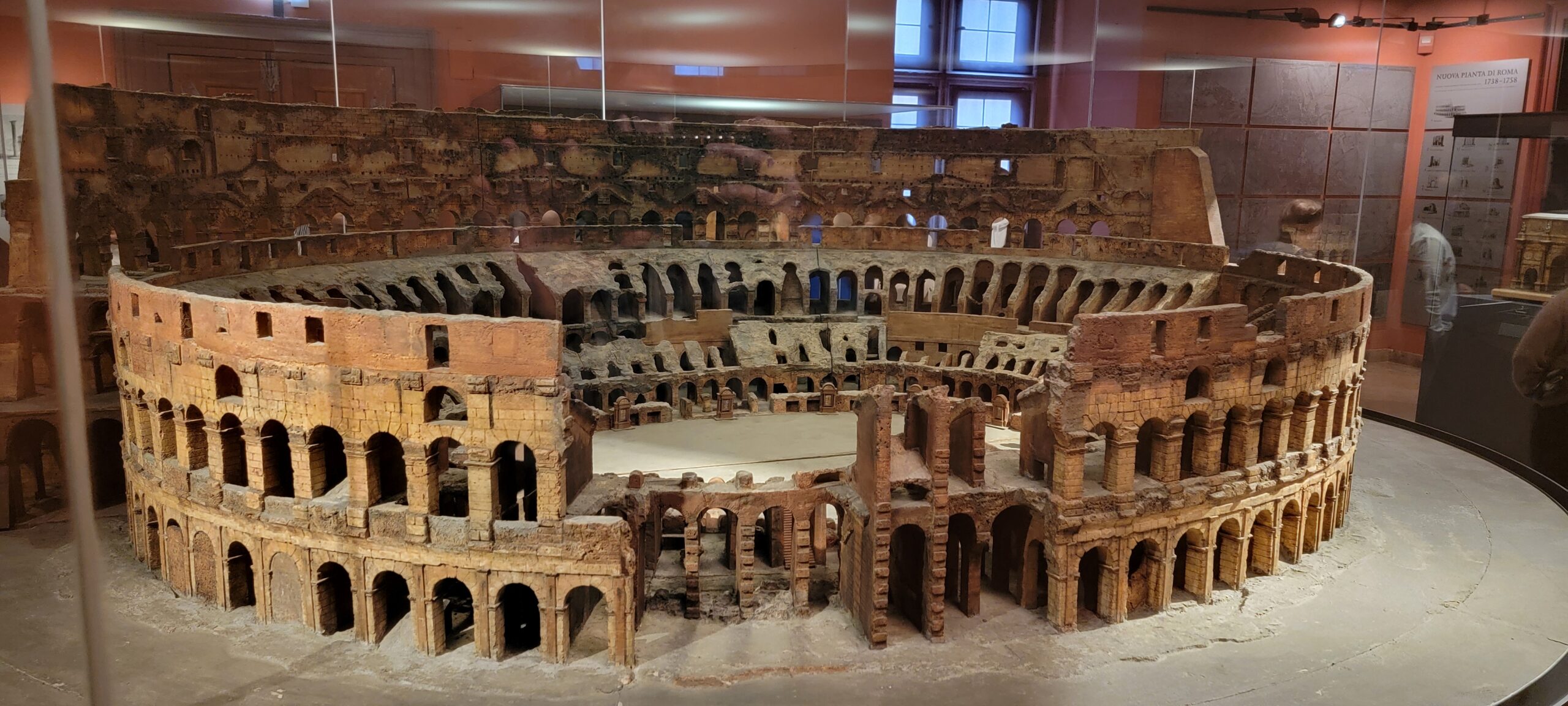
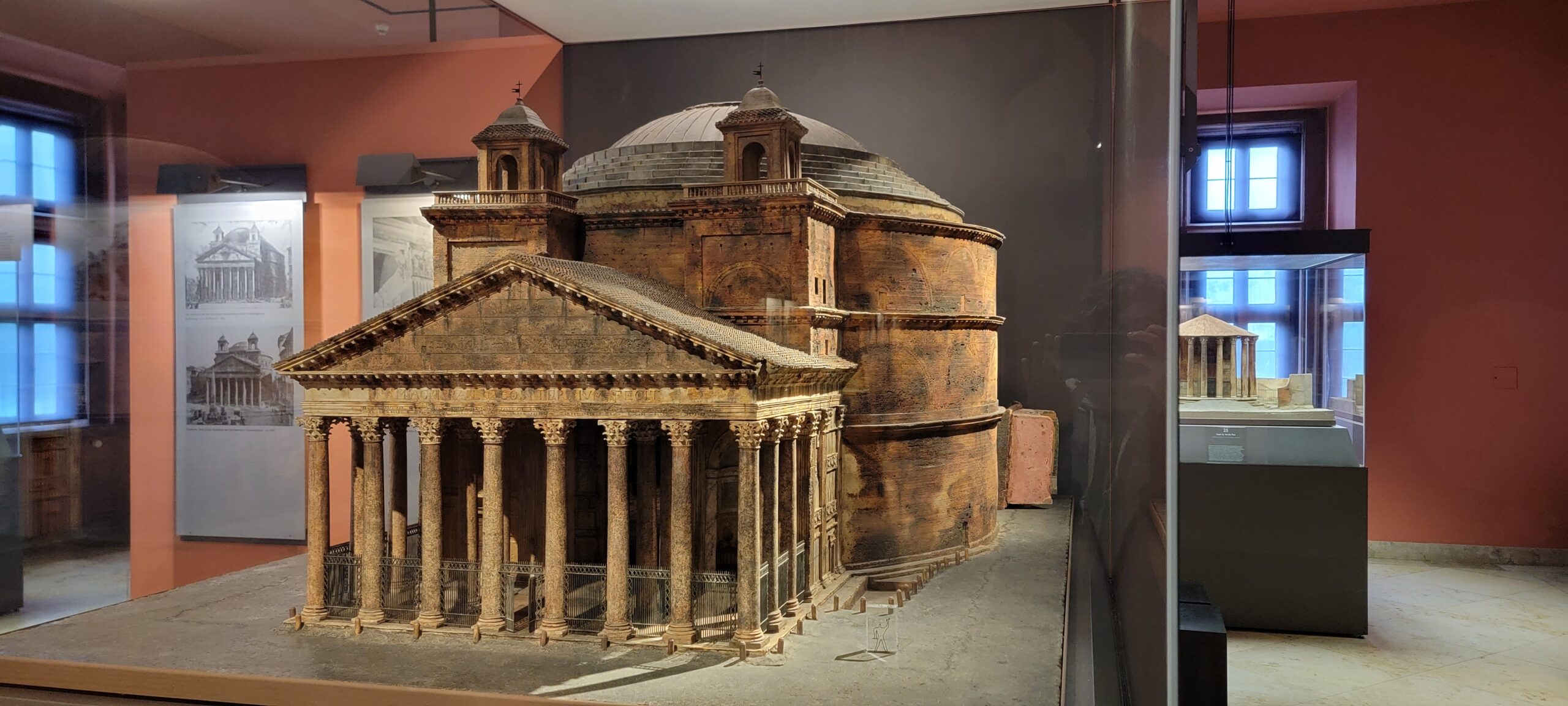
The cork models were made by the court confectioner Carl May and his son Georg May, and the model of the Colosseum is the largest cork model in the world. It has a diameter of about 3 meters, which was absolutely huge in person. The models were all super detailed, and mostly of buildings in Rome. The Pantheon model even had a little window on the back where you could look into the inside, which was just as detailed as the rest. The use of cork makes all the models look really weathered and realistic, which was really cool.
Along with the cork models, the palace had an art museum, a collection of Vestments that the archbishops would have worn, and several period rooms set up as they would have been a few centuries ago. The vestments were very intricately detailed, with several layers that the archbishops would have had to wear. They were all really beautiful, but they also looked really uncomfortable, especially with how long they would have been worn at a time.
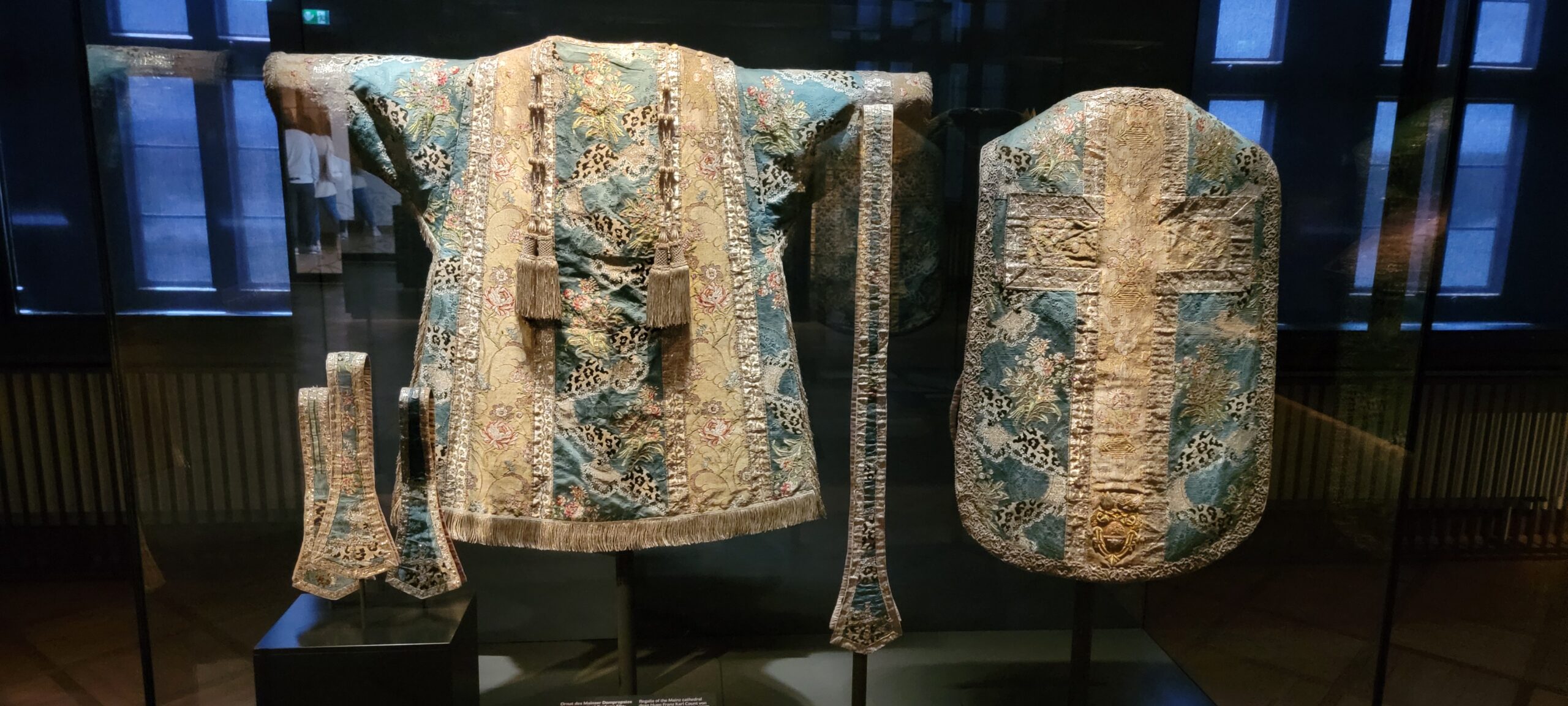
I really enjoyed getting to see all the cork models, and it was really mind boggling to see how much detail could be put into each of them. Overall, the palace itself was also really interesting to walk around, and it’s weird to think that since the museum opened, it’s only spent half its time intact after being destroyed in WWII.
-Sam
Aniol, B. V. D. S. S. G. U. S. T. (n.d.). Bavarian Palace Administration | Palaces | Johannisburg Palace. Bayerische Verwaltung Der Staatlichen Schlösser, Gärten Und Seen. https://www.schloesser.bayern.de/englisch/palace/objects/as_joh.htm
